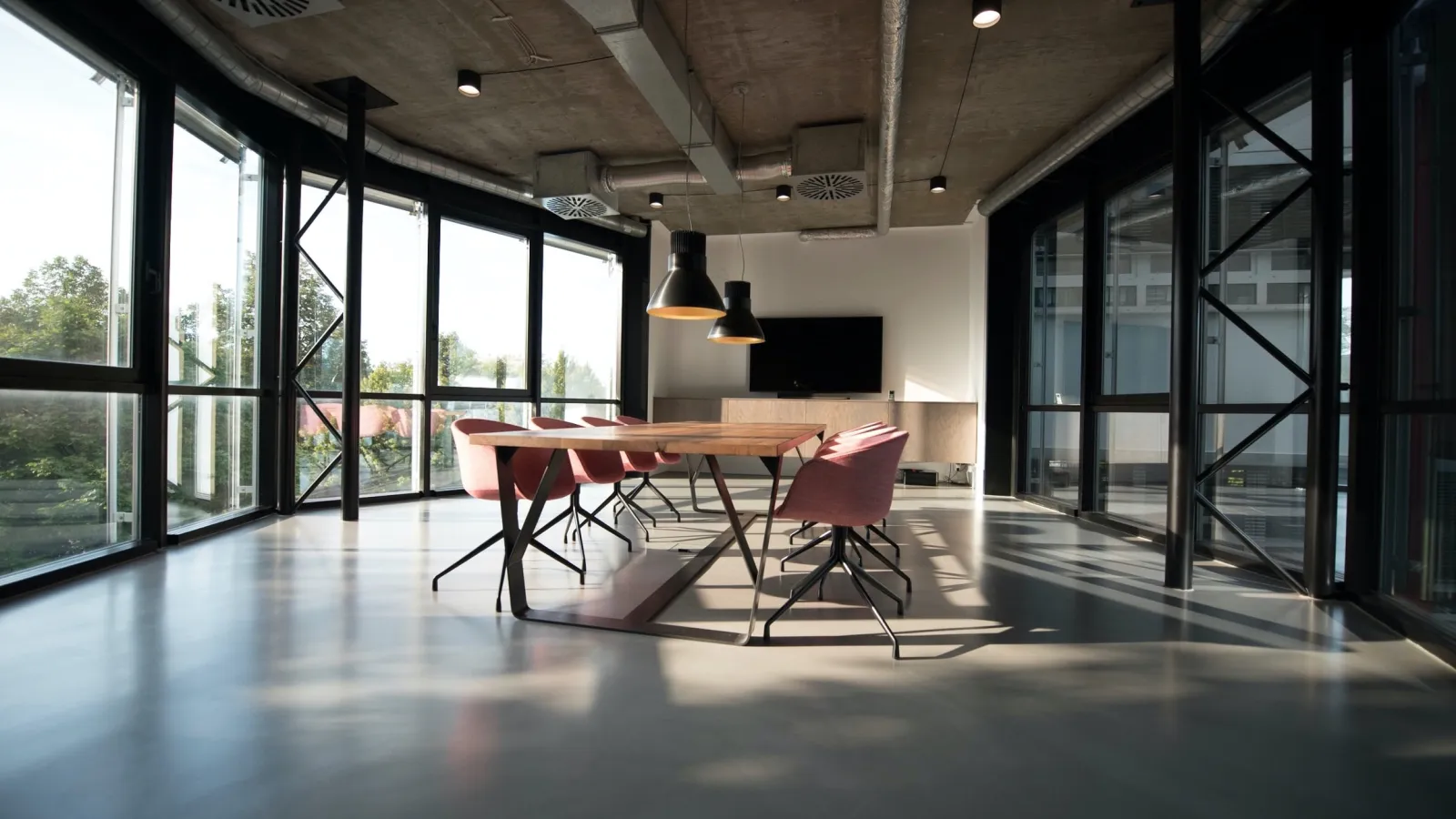What Effect Would ACA Repeal Have on Healthcare Real Estate?
Health care providers and real estate decision makers in the healthcare industry find themselves in an interesting position in 2017. The healthcare real estate market showed very healthy growth over 2016, including an uptrend in Medical Office Buildings, or “MOBs.” The vacancy level for MOBs hit an all-time low of 7.4% by the start of 2017 due to the robust demand for them by health care providers and developers nationwide. And yet, with the repeal of the Affordable Care Act imminent and questions of budgetary needs may be up in the air for some facilities.
The Site-Neutral Payment Rule
If those who make real estate decisions for medical facilities are hesitant to close on MOBs in the early months of 2017, the future of the site-neutral payment rule may be on their minds. This rule limits the way off-campus medical facilities can be reimbursed by Medicare, and this could challenge the financial viability of some off-campus construction. Healthcare providers may reevaluate decisions to relocate or expand existing campuses. They may also be adjusting to changes in reimbursements from Centers for Medicare and Medicaid Services (CMS) that began as of January 1, 2017: they reduced their payments for services provided at hospitals’ off-campus sites in half, which naturally might make some facilities hesitant to commit to more off-campus expansion.
Healthcare Real Estate Turns to Resilient Hub Model
Due to potential points of instability like these for the healthcare industry in the first half of 2017, buyers should consider how resilient the health care tenant’s future income streams will be in any possible insurance climate. One thing that the Affordable Care Act brought about that isn’t likely to go away is the ability for patients to directly give feedback about all aspects of their experience of their care through government reporting. This reporting is currently set to become mandatory in 2018, and so far has led to the success of much more consumer-driven health care models that provide a wide range of general health care services in locations convenient for their patients, rather than on a hospital campus. This has already become a health care consumer expectation, and once established, these expectations are not easily rolled back. In the long term, this overall trend will support the growth of MOB investment.
An Aging Population Will Require Expansion
As the aging population is growing, the need for health care expansion is likely to remain strong in all development types. The current strong demand and low availability of MOBs nationally and in the Atlanta area is likely to make them stay a strong investment over the long term and a smart bet for a resilient tenant. At 10.8%, the Atlanta MOB vacancy rate is on par with markets in Chicago, IL, Washington, D.C., Phoenix, AZ, and Dallas, TX. This is not a market realistically likely to be saturated any time soon.
If you’d like to browse our medical office building properties, click here.


